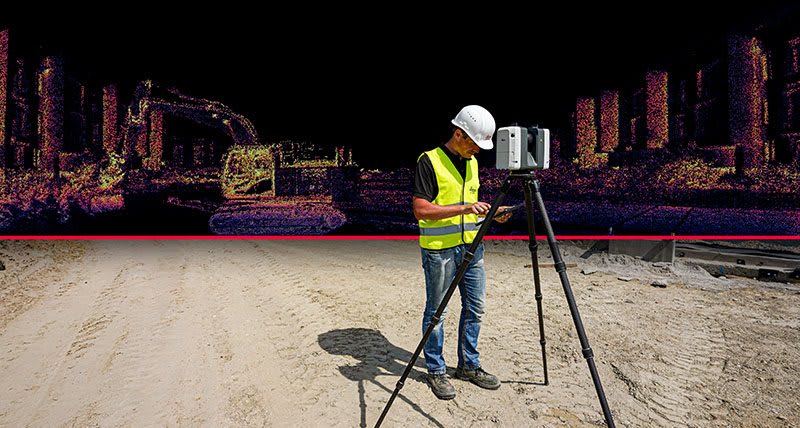Back in March when the worldwide pandemic had just begun to have an impact on the business world, I posted a piece on various collaboration and remote working options for Civil 3D users. Fast forward to October, 2020 and we find ourselves slowly pulling out of the lockdown restrictions imposed by various government agencies, and in some regions, we are beginning to get back to “business as usual”. . . . . somewhat.
We've learned a lot since March as it relates to collaboration, data sharing, working remote and maintaining business normalcy (as much as possible).
Takeaways:
- Some organizations fortunately had an infrastructure in place that facilitated working remotely. As such, the disruptions to operations were minimal by comparison to others.
- Many organizations were unfortunately not prepared to enable users to work remotely and were pushed into an unplanned “making it work however possible” situation. As a result, many of these organizations have adopted a quick-fix solution that allows them to get by for now, but the operating environment they’re currently utilizing today, may not prove to be a viable long-term solution.
- Sadly, some organizations were simply unable to find a workable solution to keep projects moving forward and have as a result suffered devastating business setbacks, including layoffs and even businesses closing.
A related takeaway is that despite conventional business perceptions, many have found that it is not always necessary to have the whole team in “the office” to function. Thanks to widely available high-speed internet access, VDI, Remote Desktop, BIM Collaborate Pro, VPN, new licensing options from Autodesk, many organizations are able to consider different and likely less costly operating processes going forward.
All of these things have contributed to helping many organizations weather the necessities the “new normal” requires.
What’s Next and How Will Organizations Operate After Covid 19?
There has been a lot of conversations with customers about the prospect of reducing or even in some cases, closing offices. Not because they’re reducing operations or letting people go. It’s because through this ordeal they’ve learned as a byproduct of the changes the pandemic imposed, that they can function just fine with people working remotely and as such, the expense of office space may be reduced or even eliminated.
Others have been using this watershed moment to not only bolster their abilities to allow employees to work remote, but are also seeking guidance related to better optimized workflows, collaboration tools, design environment refinements, as well as reevaluating related design and process standards.
Also, some organizations are using this transitional point in time to investigate the prospects of new business opportunities within their respective industries.
Example: We have recently experienced a spike in interest in reality capture technology and how to not only acquire the hardware and software, but how to develop workflows that would provide organizations with the ability to offer entirely new services. The need for space planning design changes to existing facilities to comply with new social distancing requirements has been a frequent topic of discussion.
Where are you?
If your organization is struggling with these changes, or even if you’ve managed to implement a makeshift solution but are looking for more permanent alternatives, let us help.
At IMAGINiT we have a services organization of over 125 professionals with industry experience as well as decades of providing consulting services related to software implementation, education, data management, collaboration, automation, etc. for customers throughout the US and Canada.
Through services like our Health Check, or Strategic Process Review, IMAGINiT can apply our collective experiences and learned best practices to assist your organization to find the right solutions for today’s collaboration, working remote, environment and workflow optimization challenges.
About the Author
Follow on Linkedin More Content by Kevin Breslin























